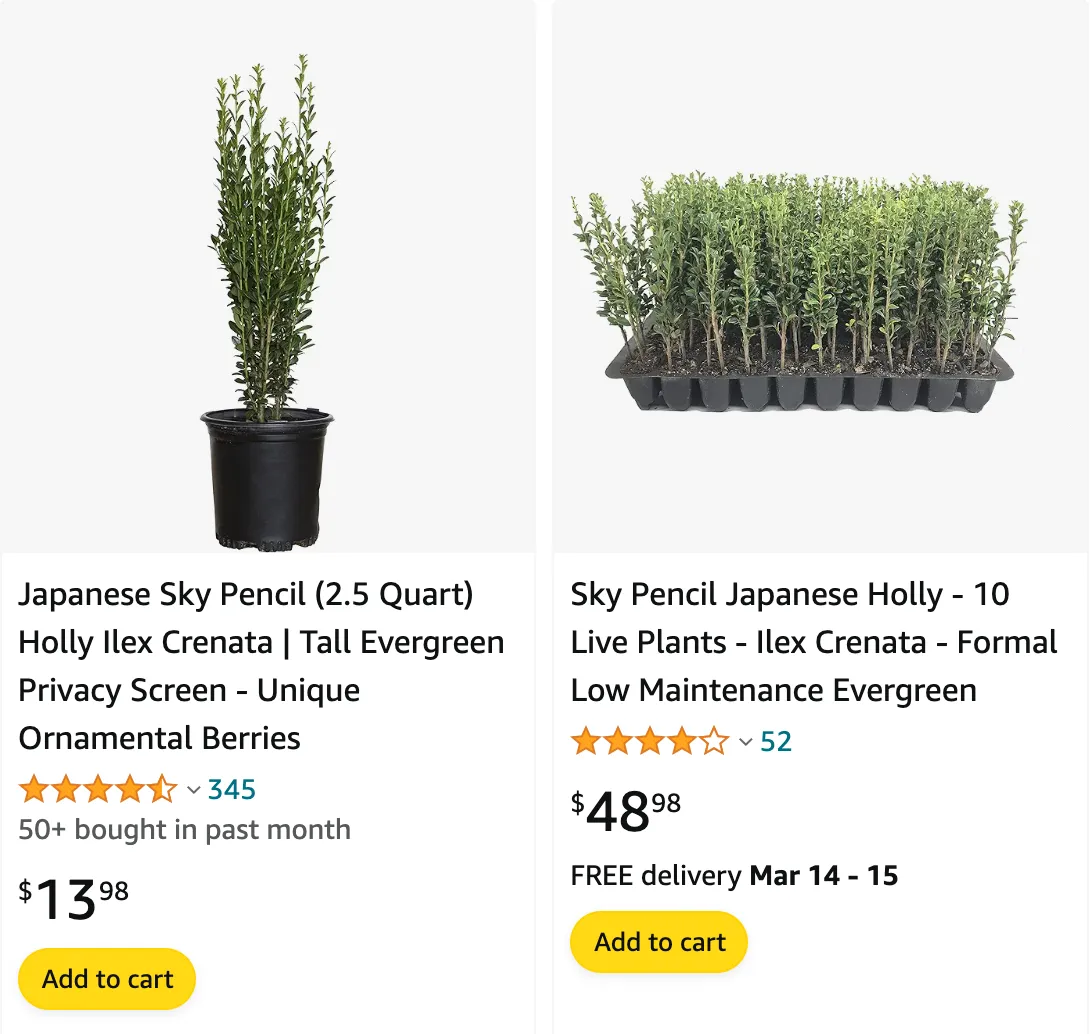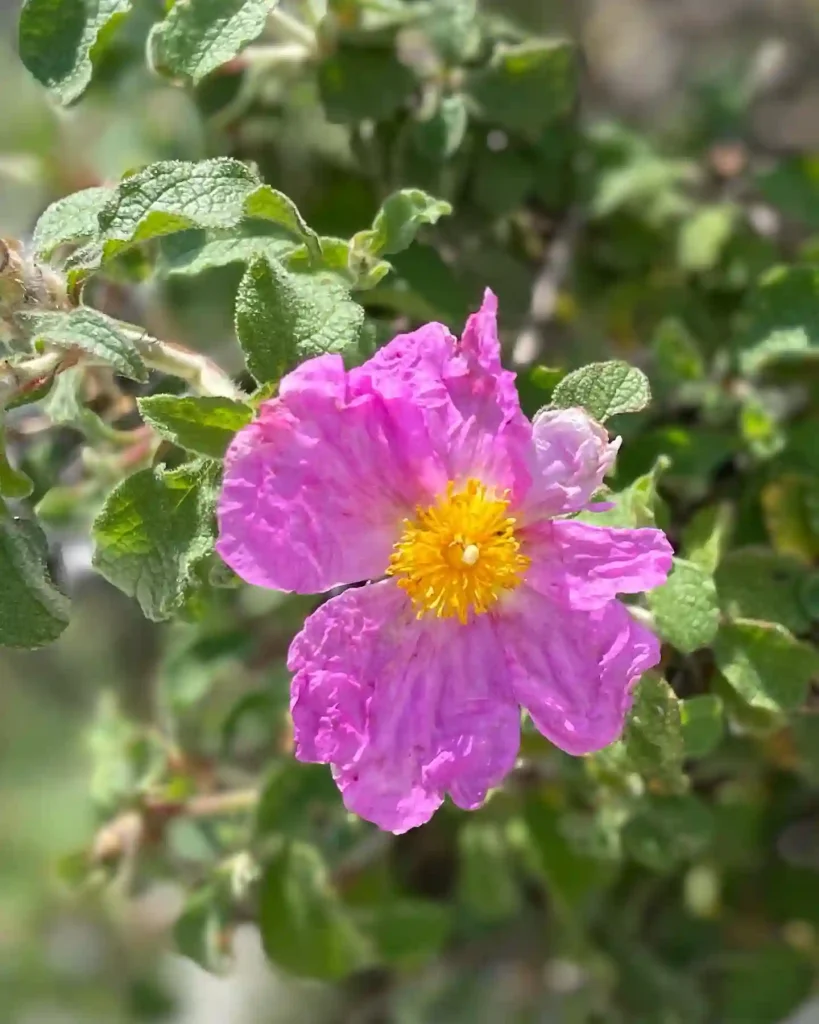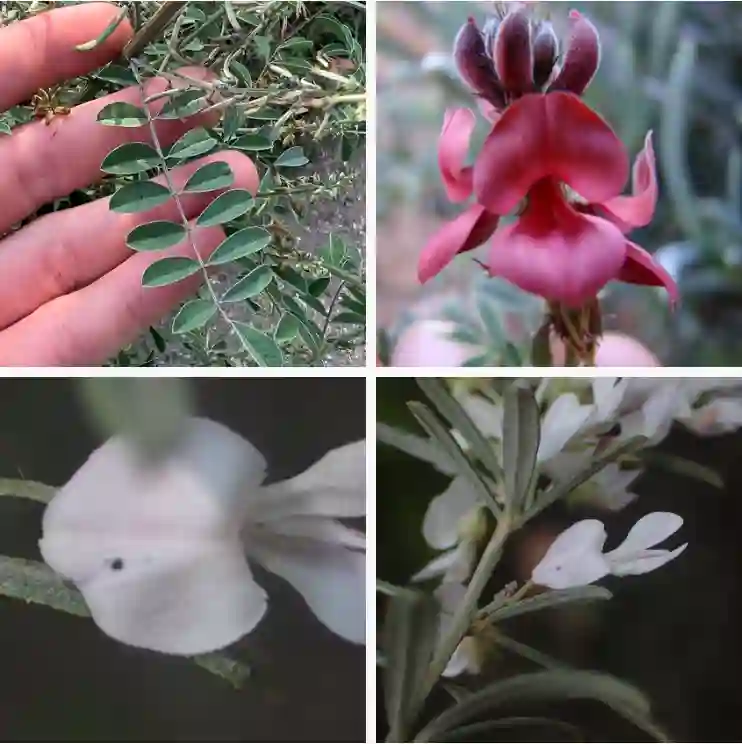
The Ilex Sky Pencil: A Columnar Beauty for My Arkansas Landscape
As a lifelong Arkansan gardener, I’m always on the lookout for plants that thrive in our diverse climate. The Ilex Sky Pencil, with its sleek, columnar form and vibrant green foliage, immediately captured my attention. It promised to add a touch of elegance and structure to my garden, and after some research, I discovered it was perfectly suited for our Zone 7b conditions.
Having successfully incorporated this beauty into my landscape, I wanted to share my experience and knowledge with fellow Arkansan gardeners. This article delves into everything you need to know about the Ilex Sky Pencil, from its origins to care tips and, of course, propagation methods.
Plant Family: Aquifoliaceae – 569 Species in Genus Ilex – Holly Tree
Is Ilex crenata Sky Pencil Native to Arkansas?
While the Ilex Sky Pencil graces many Arkansas gardens, it’s not native to our state. It’s a cultivar of Ilex crenata, a species originating in eastern Asia. This specific cultivar, Sky Pencil, was developed in Japan in the 1950s. Despite its non-native status, the Ilex Sky Pencil has proven to be well-adapted to Arkansas’s climate, making it a popular choice for landscapers and home gardeners alike.
How to Propagate Ilex Sky Pencil?
Propagating the Ilex Sky Pencil allows you to expand your collection or share this architectural gem with friends. The ideal time for propagation is during the late spring or early summer, when new growth is plentiful. Here’s a step-by-step guide to propagating Ilex Sky Pencil through stem cuttings:
- Gather your tools: You’ll need sharp pruning shears, rooting hormone powder, a well-draining potting mix, and small pots.
- Select healthy stems: Choose non-flowering, green stems with 4-6 leaves. Ideally, they should be 4-6 inches long and slightly firm but flexible.
- Make a clean cut: Using your sharp shears, cut just below a leaf node at a 45-degree angle. Remove the lower leaves, leaving 2-3 at the top.
- Encourage root development: Dip the cut end of the stem in rooting hormone powder, tapping off any excess.
- Prepare the pot: Fill your pot with a well-draining potting mix. Make a hole in the center slightly deeper than the length of the stem.
- Plant the cutting: Carefully insert the stem into the hole and gently firm the soil around it.
- Watering and placement: Water the pot thoroughly and place it in a location with bright, indirect sunlight.
- Patience is key: Keep the soil consistently moist but not soggy. Rooting can take several weeks, so be patient.
- Signs of success: Once new growth appears on the top of the cutting, you know it has successfully rooted.
How to care for Ilex Sky Pencil?
With proper care, your Ilex Sky Pencil will thrive for years to come. Here are some key things to remember:
- Light: Ilex Sky Pencil prefers full sun to part shade. In Arkansas’s hot summers, afternoon shade can be beneficial.
- Soil: Well-draining, slightly acidic soil is ideal. Amending your existing soil with organic matter can improve drainage and provide essential nutrients.
- Watering: Water regularly during the first year, especially during hot and dry periods. Once established, it’s moderately drought-tolerant.
- Fertilization: Apply a balanced fertilizer once a year in early spring.
- Pruning: Prune lightly as needed to maintain its desired shape. The best time to prune is in late winter or early spring.
What to Plant with Ilex Sky Pencil?
The Ilex Sky Pencil’s verticality makes it a great candidate for creating focal points or adding structure to borders. Here are some complementary plants to consider:
- Low-growing perennials: Hostas, ferns, and coral bells add color and texture at the base.
- Blooming shrubs: Spirea or hydrangeas provide a burst of color during their blooming seasons.
- Grasses: Ornamental grasses like maiden grass or blue fescue soften the overall look and add movement.
With its architectural form, vibrant foliage, and relative ease of care, the Ilex Sky Pencil is a fantastic addition to any Arkansas garden. By following these tips, you can successfully propagate and grow this stunning plant, bringing a touch of elegance and year-round interest to your landscape.
If i die, water my plants!



